As Ray put it, “It is easy to buy a fast car, but it’s much more fun and rewarding to make a car fast!” and Ray has done just that with his 2009 Mazdaspeed 3. This Albuquerque NM native has a laundry list of performance parts on his car and based on the number of votes for his ride to be CorkSport’s June feature, a lot of friends within the Mazda community!
This occasional (drag) racer has a COBB SRI and Access Port with custom tune, CorkSport TMIC, CorkSport Downpipe, CorkSport Racepipe, and CorkSport Cat Back Exhaust, JBR Thermal Insulated Gasket and JBR Throttle Body Gasket, but the go fast parts don’t stop there, he went big turbo with an ATP GTX 3076 26 PSI, added a big turbo inlet pipe and Devils Own Progressive Methanol Injection Kit 80/20 with D07 Nozzle. To support the many aftermarket parts, Ray has also upgraded his internals with KMD HPFP Internals.
To enhance the handling, Ray had added a Short Shift Plate, H&R Springs, 18×8 Drag DR38 +47, Eibach 5mm Spacers, and 235/40 18 Nitto NT05 tires.
Next on the list for Ray is a fully built block, full suspension, and braces. He also has his eye on the upcoming CorkSport Mazdaspeed 3 Coilovers. Looks like July is going to be a good month for modifying your Mazdaspeed 3 Ray!
Gwynne-
Full List of Modifications:
Cobb Access Port (Custom Tune)
ATP GTX3076 26PSi
Cobb SRI
CorkSport TMIC
CorkSport Down Pipe
CorkSport Test Pipe
CorkSport Cat Back Exhaust
Oil Catch Can
JBR Thermal Insulated Gasket
JBR Throttle Body Gasket
JBE EGR Delete
JBR Throttle Body Coolant Bypass
CP-E Big Turbo Turbo Inlet Pipe
KMD HPFP Internals
Street Unit TurboSmart Dual Port BOV
CP-E Single Guage Pod
DashHawk
Prosport Boost Gauge
Devils Own Progressive Methanol Injection Kit 80/20 with D07 Nozzle
E85 Tune 50/50
Street Unit Rear Motor Mount
TRZ Tranny Mount
Short Shift Plate
H&R Springs
18×8 Drag DR38 +47
Eibach 5mm Spacers
235/40 18 Nitto NT05.
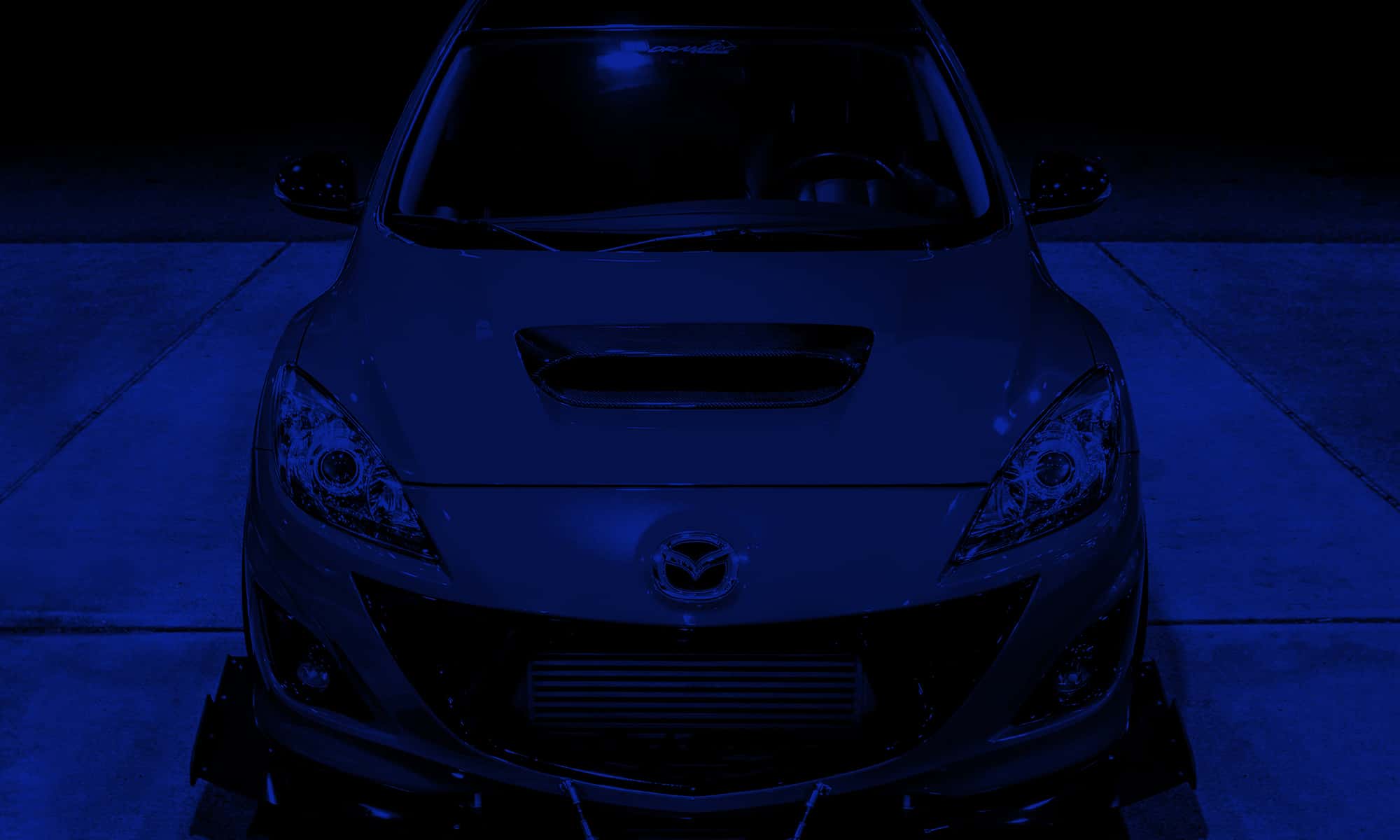

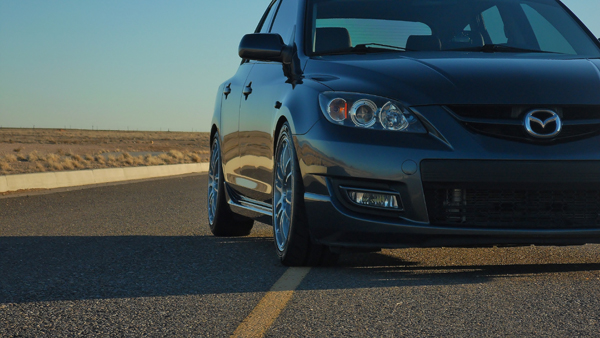

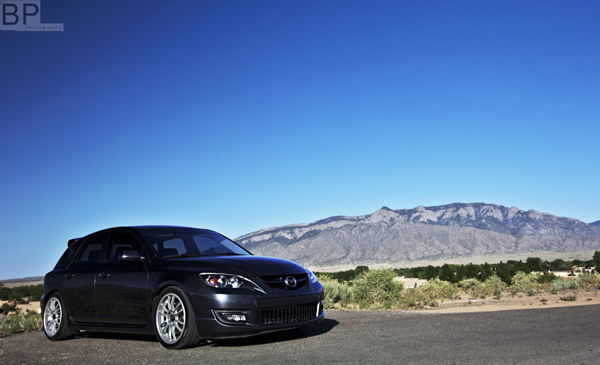
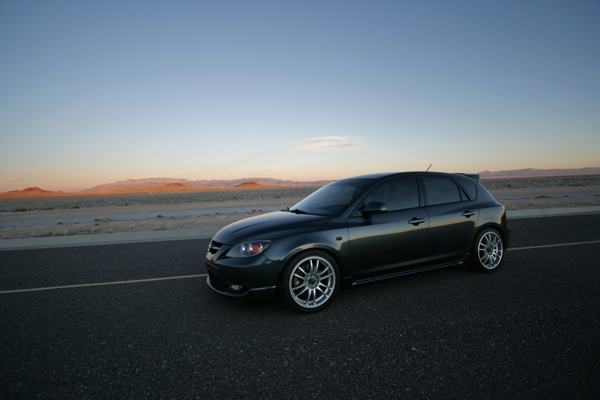
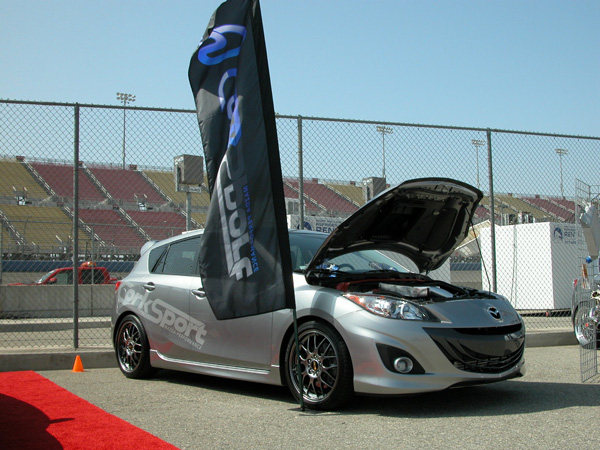


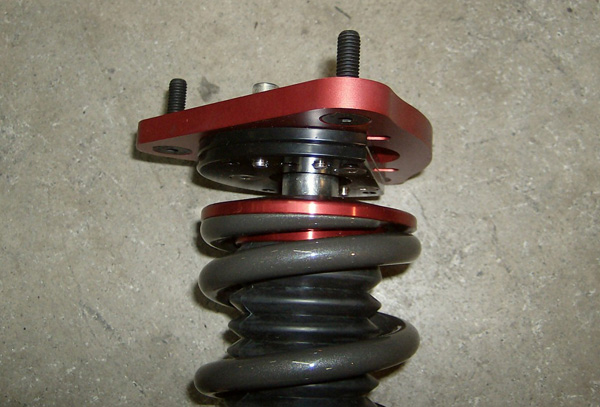
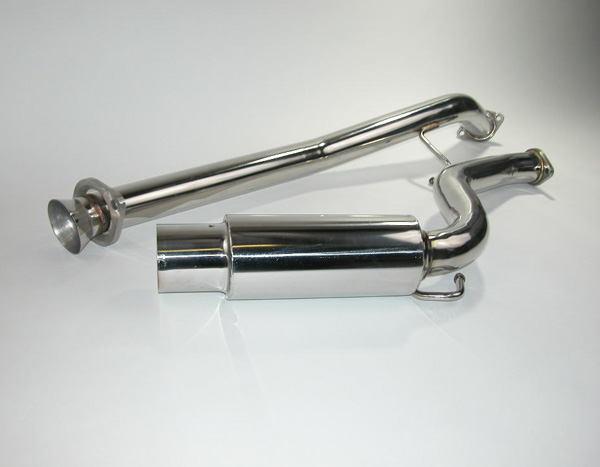
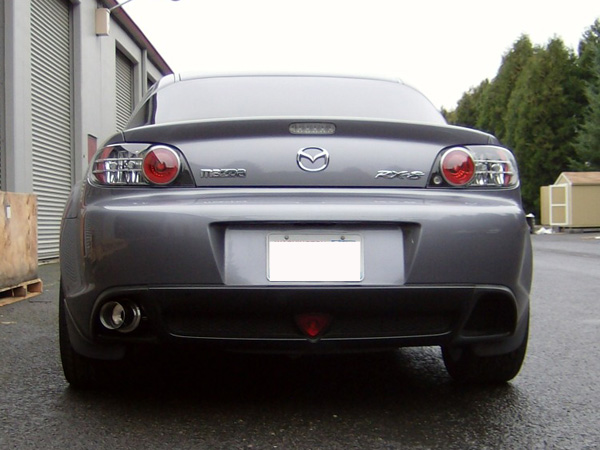




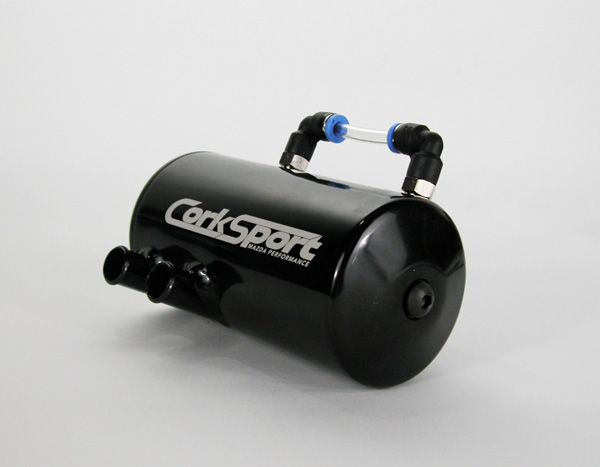
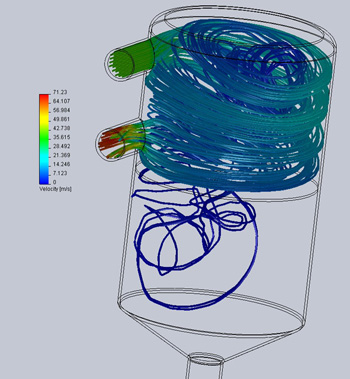 Unlike other catch cans on the market that simply expect the contaminates to fall out of the PCV vapors, our newly released oil catch can has a unique cyclonic vacuum design that forces contaminants to the walls of the can before the air can move back into the intake system. This Solidworks simulation shows how the system was designed. You can see that the air swirls around the outside of the can trapping the contaminants at the wall. This allows them to fall through a disk that is welded between two chambers used to separate the PCV vapors and the contaminants. Once the contaminants are separated you can view them with a sight tube located on the side of the catch can.
Unlike other catch cans on the market that simply expect the contaminates to fall out of the PCV vapors, our newly released oil catch can has a unique cyclonic vacuum design that forces contaminants to the walls of the can before the air can move back into the intake system. This Solidworks simulation shows how the system was designed. You can see that the air swirls around the outside of the can trapping the contaminants at the wall. This allows them to fall through a disk that is welded between two chambers used to separate the PCV vapors and the contaminants. Once the contaminants are separated you can view them with a sight tube located on the side of the catch can.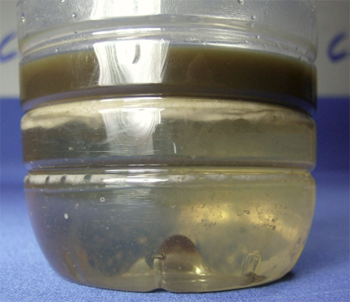 We were particularly surprised to see how much water vapor builds up in the crank case of these cars. After a few miles of driving with the catch can on our shop Mazdaspeed 3, we could really see what separates our catch can from the competition. After only 500 miles we had separated out a great deal of contaminants from the PCV system. Most of which was water vapor that had been trapped in the PCV lines and engine block. This alone should ensure that oil doesn’t break down quickly on our DISI MZR engine.
We were particularly surprised to see how much water vapor builds up in the crank case of these cars. After a few miles of driving with the catch can on our shop Mazdaspeed 3, we could really see what separates our catch can from the competition. After only 500 miles we had separated out a great deal of contaminants from the PCV system. Most of which was water vapor that had been trapped in the PCV lines and engine block. This alone should ensure that oil doesn’t break down quickly on our DISI MZR engine.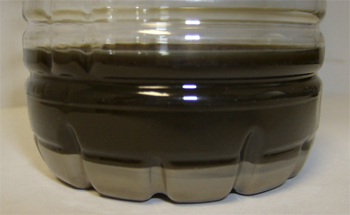 As you can see from the picture this is something you don’t want getting back into your engine. We took this sample and sent it out for particulate analysis. The results really prove that you don’t want this in your engine. Along with a large amount of oil, which can be seen, there was metal and water present in the oil. All of which we don’t want to be reburned in our engine or stuck to the back of our valves.
As you can see from the picture this is something you don’t want getting back into your engine. We took this sample and sent it out for particulate analysis. The results really prove that you don’t want this in your engine. Along with a large amount of oil, which can be seen, there was metal and water present in the oil. All of which we don’t want to be reburned in our engine or stuck to the back of our valves. Even though it took a little longer than we expected to release this, I’m sure everyone will agree that there are certain things you want done right and somethings are worth the wait. When it comes down to it there are just some contaminants that you never want entering your motor. Most of them are listed on the sheet to the right.
Even though it took a little longer than we expected to release this, I’m sure everyone will agree that there are certain things you want done right and somethings are worth the wait. When it comes down to it there are just some contaminants that you never want entering your motor. Most of them are listed on the sheet to the right.